Michael J.
Jedi Warrior
Offline
In my other post I mention my experience with a failed Thermostat Housing on my 99 XJ8 4.0 V-8. After replacing the thermostat housing and the water pump, car was running rough with a number of codes.
One thread on the subject of overheating said that you can experience valve seats coming loose and or possible head gasket leaks.
I don't see evidence of any coolant on the engine oil dipstick.
I ran a compression test.Left front cold was 125 psi, All others read between 190 and 200 psi. I pulled fuse #7 in the trunk fuse box so that the fuel pump would not operate. I turned over the engine while listening for some out of ordinary sound, but did not hear anything different than the other cylinders.
I want to check the torque for the head bolts. Anyone able to provide the torquing pattern and the torque value? Is there something else that I should check?
One thread on the subject of overheating said that you can experience valve seats coming loose and or possible head gasket leaks.
I don't see evidence of any coolant on the engine oil dipstick.
I ran a compression test.Left front cold was 125 psi, All others read between 190 and 200 psi. I pulled fuse #7 in the trunk fuse box so that the fuel pump would not operate. I turned over the engine while listening for some out of ordinary sound, but did not hear anything different than the other cylinders.
I want to check the torque for the head bolts. Anyone able to provide the torquing pattern and the torque value? Is there something else that I should check?

 Hey there Guest!
Hey there Guest!
 smilie in place of the real @
smilie in place of the real @
 Pretty Please - add it to our Events forum(s) and add to the calendar! >>
Pretty Please - add it to our Events forum(s) and add to the calendar! >> 

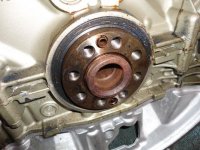
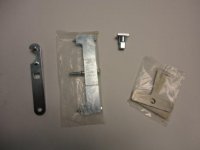
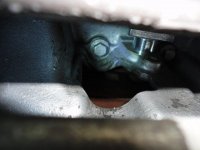
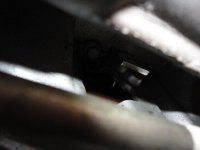
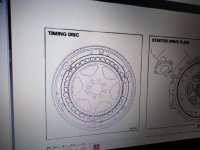
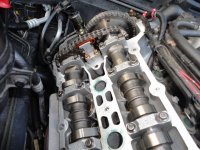
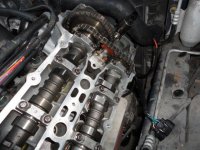
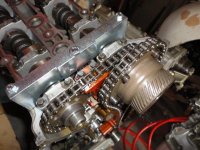
 A friendly reminder - be careful what links you click on here. If a link is posted by someone you don't know, or the URL looks fishy, DON'T CLICK. Spammers sometimes post links that lead to sites that can infect your computer, so be mindful what you click.
A friendly reminder - be careful what links you click on here. If a link is posted by someone you don't know, or the URL looks fishy, DON'T CLICK. Spammers sometimes post links that lead to sites that can infect your computer, so be mindful what you click.